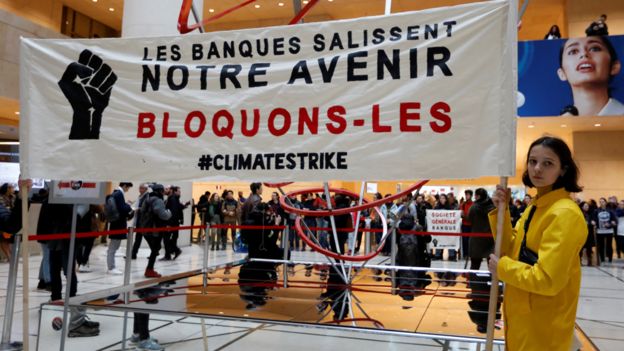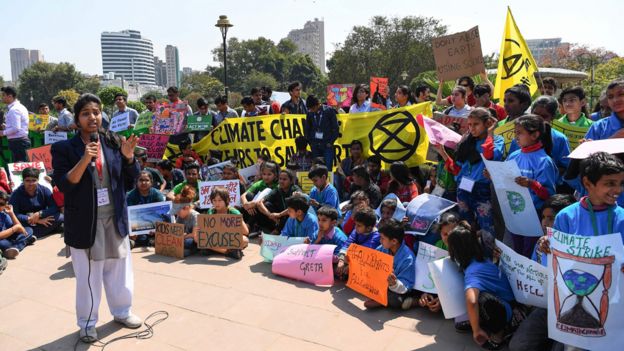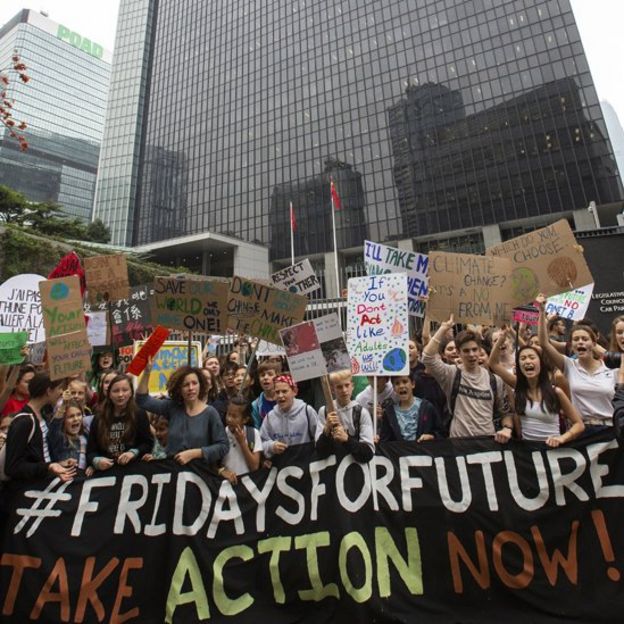Thousands of school pupils worldwide have abandoned classrooms for a day of protest against climate change.
India, South Korea, Australia and the US are among the countries where teenagers are already on strike.
The day of action is expected to embrace about 100 countries. They are inspired by Swedish teenager Greta Thunberg, who protests weekly outside Sweden’s parliament.
Scientists say tougher measures are needed to cut global warming.
The Paris climate agreement of 2017 committed nearly 200 countries to keeping global temperatures “well below” 2.0C (3.6F) above pre-industrial times and to striving for a maximum of 1.5C.
The globally co-ordinated children’s protests – promoted through posts on Twitter and other social media – have been going on for several months.
On Thursday Greta Thunberg’s campaigning earned her a Nobel Peace Prize nomination.
In January at the World Economic Forum in Davos, Switzerland, the 16-year-old told top executives and politicians that “on climate change, we have to acknowledge that we have failed”.


Ministers in some countries have voiced concern about children skipping classes.
Australia’s Education Minister Dan Tehan said “students leaving school during school hours to protest is not something that we should encourage”.
UK Education Secretary Damian Hinds echoed that concern, and the government said the disruption increased teachers’ workloads and wasted lesson time.
But Environment Secretary Michael Gove backed the protesting children, saying in a video: “Dear school climate strikers, we agree.”
“Collective action of the kind you’re championing can make a difference, and a profound one,” he said.



